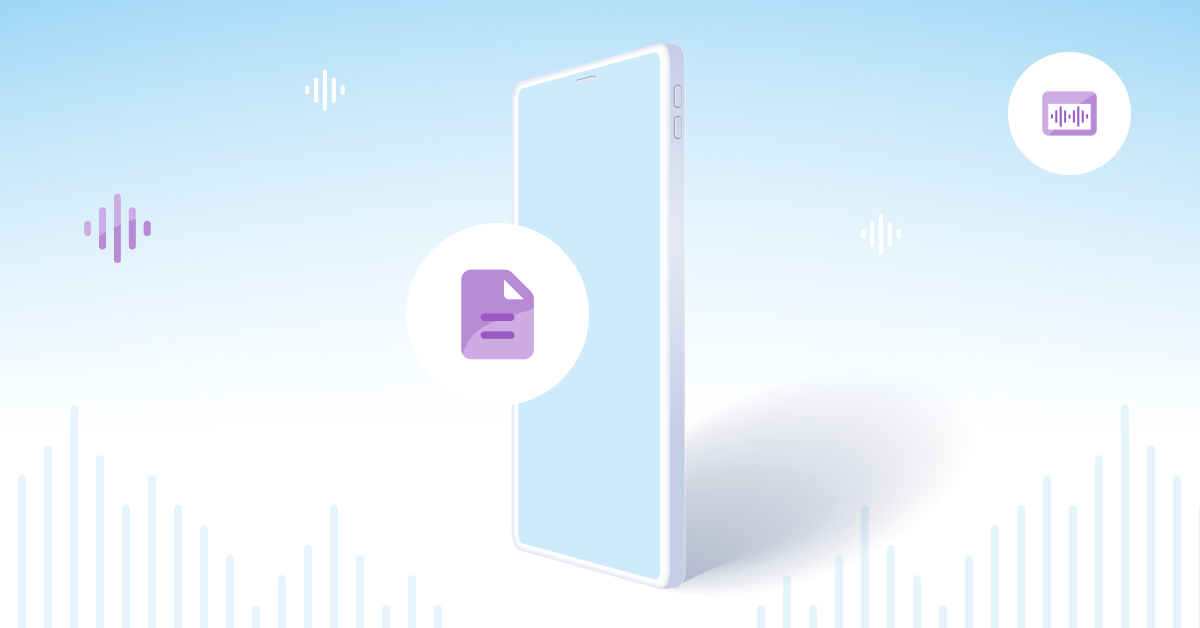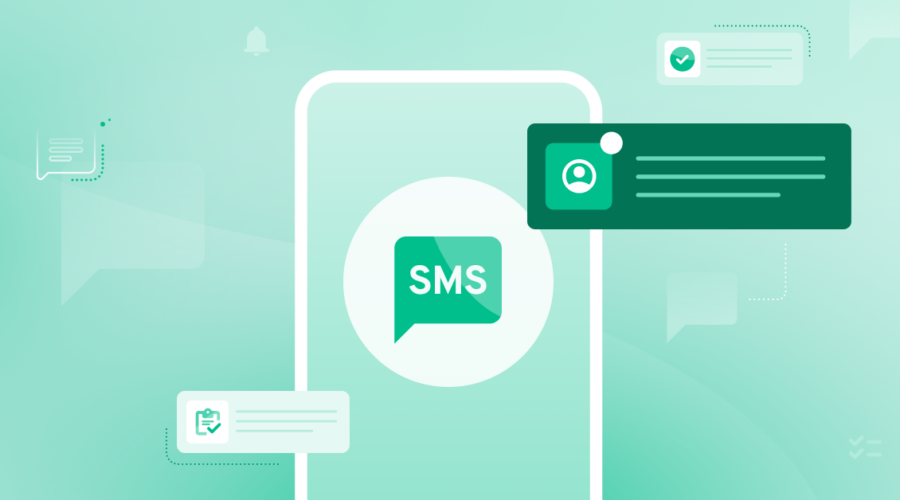It might seem like outdated and antiquated technology to some, but 17 billion faxes are still sent every year by companies in every sector. It’s still considered the safest way to send sensitive documents and it’s an easy way to connect with people who don’t have internet access.
So although it’s a strange question on the surface, because faxes are still so widely used, it’s asked more frequently than you think.
An inevitable change
Sending a fax with a SIP trunk is a pretty simple process, and since we’ve already gone through the cost benefits of SIP trunking and how the death of the ISDN is looming over us, faxing will inevitably move towards being used with SIP trunk technology more and more.
To give you an idea of the cost savings, some fax lines can cost as much as $50, SIP channels, on the other hand, can be as low as $2. You do the math.
The long and short of it
If you’re looking for a short answer, yes you can send a fax using SIP technology.
We’ve said in the past that SIP trunking can be a little confusing (you can read our guide on just how it works), but here’s a little disambiguation for all you SIP faxing newbies:
T.38
You can’t consider talking about faxing over SIP without talking about T.38.
T.38 is a protocol for sending faxes over a data network. In the same way that codecs convert your voice into data, T.38 does the same with your fax. This means converting the fax signal to an image before sending it to another fax machine.
If that fax machine is also T.38 capable, it will convert the image back into a fax signal. This isn’t necessary for the fax to work, but it’s ideal as a fax machine that’s not T.38 compatible might end up getting a bit of a jumbled result.
CSID
CSID is an acronym for Called Subscriber Identification. It’s what identifies your fax machine as the recipient of a fax message. It’s usually under 40 characters and combines the fax’s telephone number (DID) and the identification of the fax’s user. Your CSID will be sent to anyone who sends you a fax, so they know they’ve sent it to the right place.
Choosing numbers
Remember when you wanted to make a call back in the day but somebody else was using the dial-up? Well, in the same way, you couldn’t do those things on the same line, you can’t do it on virtual lines either.
For each number, you have to choose between receiving inbound voice calls and receiving faxes: you can’t receive both on the same number.
And that’s it!



